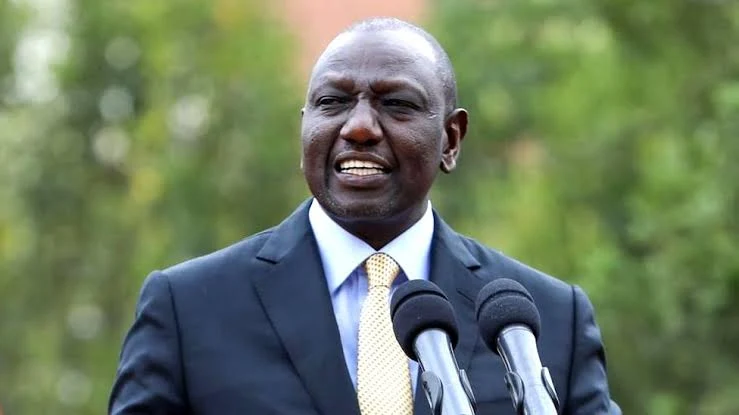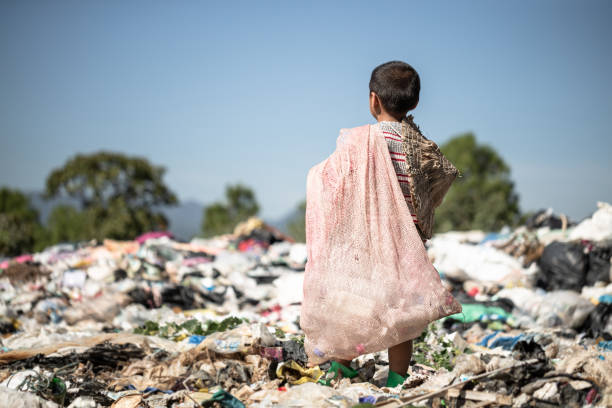Kenya, known as the economic powerhouse of East Africa, has one of the most diversified and dynamic economies on the continent. From agriculture and tourism to technology and manufacturing, Kenya continues to attract investment and innovation. Its capital, Nairobi, serves as a regional hub for business, finance, and international organizations. Yet, like many developing nations, Kenya faces challenges such as inequality, unemployment, and climate change. Exploring the economy of Kenya reveals both the resilience of its people and the opportunities shaping its future.
Agriculture: The Backbone of the Economy
Agriculture remains the largest contributor to Kenya’s economy, employing about 70% of the rural population and accounting for more than 30% of the country’s GDP.
Cash Crops: Kenya is famous for its tea and coffee, both major export earners. Kenyan tea is among the most consumed globally, while its coffee is prized for its rich flavor.
Horticulture: Kenya exports flowers, fruits, and vegetables to markets in Europe and the Middle East. The flower industry, centered around Lake Naivasha, is a leading foreign exchange earner.
Food Crops: Maize, beans, potatoes, and wheat are staples grown for local consumption. Livestock farming, especially cattle, goats, and poultry, also contributes to food security.
Despite its strength, agriculture faces challenges such as over-reliance on rain-fed farming, land fragmentation, and vulnerability to climate change. Prolonged droughts and unpredictable weather patterns affect production, pushing the government and private sector to invest in irrigation, technology, and climate-smart farming.
Tourism: Nature and Culture as Assets
Tourism is Kenya’s second-largest foreign exchange earner, after agriculture. The country’s wildlife safaris, Indian Ocean beaches, and cultural heritage attract millions of visitors each year.
The Maasai Mara, Amboseli, and Tsavo national parks are globally recognized safari destinations.
Coastal towns like Mombasa and Lamu offer historical charm and relaxation.
Cultural festivals and archaeological sites such as the Lamu Cultural Festival and Koobi Fora highlight Kenya’s diversity and history.
Tourism stimulates other sectors, including transport, hospitality, and handicrafts. However, it is sensitive to global economic shifts, pandemics, and security issues. Kenya is working to diversify its tourism market by promoting domestic tourism and new areas like eco-tourism, sports tourism, and conference tourism.
Manufacturing and Industry
Kenya’s manufacturing sector contributes about 10% to GDP. While relatively small, it is seen as vital for job creation and industrialization. Key areas include:
Agro-processing: Turning agricultural products into packaged foods, textiles, and beverages.
Cement and construction materials, driven by infrastructure development.
Textiles and leather: Revitalized under initiatives like the African Growth and Opportunity Act (AGOA), which allows duty-free exports to the United States.
Energy production, including geothermal, wind, and solar power, where Kenya is a continental leader.
The government’s “Big Four Agenda” emphasizes industrialization, especially in manufacturing, to transform Kenya into a middle-income economy.
Technology and Innovation: The Silicon Savannah
Kenya has earned the nickname “Silicon Savannah” for its thriving technology ecosystem. Nairobi is one of Africa’s leading tech hubs, with innovation driving economic growth.
Mobile Money: Kenya pioneered M-Pesa, a mobile money transfer system launched in 2007. It revolutionized financial inclusion by allowing millions without bank accounts to send, receive, and save money via mobile phones.
Start-ups: Kenya is home to many tech start-ups focusing on fintech, agriculture, health, and education. Hubs like iHub and Nailab support innovation.
E-commerce and Digital Services: Platforms such as Jumia and Glovo are transforming shopping and delivery services.
Government Services: Kenya’s e-government initiatives, including digital IDs and online services, enhance efficiency.
Technology has not only created jobs but also positioned Kenya as a model for digital transformation in Africa.
Trade and Regional Integration
Kenya’s location along the Indian Ocean makes it a strategic trade gateway.
The Port of Mombasa is the largest in East Africa, serving landlocked countries such as Uganda, Rwanda, South Sudan, and parts of the Democratic Republic of Congo.
Membership in the East African Community (EAC) enhances regional trade. Kenya exports goods such as manufactured products, fuel, and agricultural produce to neighboring countries.
Kenya also benefits from trade partnerships under the African Continental Free Trade Area (AfCFTA), expanding its market access across Africa.
However, trade deficits persist, as Kenya imports more (especially machinery, fuel, and industrial goods) than it exports.
Finance and Real Estate
Kenya’s financial sector is among the most developed in Africa. Nairobi hosts major banks, insurance firms, and the Nairobi Securities Exchange (NSE). The city is also a hub for international organizations, making it a key financial center.
The real estate sector has grown rapidly, with increasing demand for housing, commercial spaces, and infrastructure. Developments like Konza Technopolis, a planned smart city, aim to position Kenya as a high-tech investment destination.
Challenges Facing Kenya’s Economy
Despite its strengths, Kenya’s economy faces several hurdles:
1. Unemployment: Especially among the youth, where job creation has not matched population growth.
2. Corruption: Widespread corruption undermines investment and development projects.
3. Inequality: Wealth is unevenly distributed, with rural areas often lagging behind urban centers.
4. Debt Burden: Kenya has taken significant loans to finance infrastructure projects like highways and railways. Managing this debt is a growing concern.
5. Climate Change: Droughts, floods, and changing weather patterns threaten agriculture and livelihoods.
Opportunities for Growth
Despite these challenges, Kenya has immense potential for economic growth:
Agricultural modernization through irrigation, mechanization, and value addition.
Renewable energy, where Kenya already leads in geothermal production, offers opportunities for green growth.
Technology and digital services can create jobs and improve efficiency across all sectors.
Infrastructure development, including roads, ports, and railways, boosts trade and investment.
Regional and global markets through trade agreements and integration.
By addressing corruption, improving governance, and investing in education, Kenya can unlock even greater economic potential.
Conclusion
The economy of Kenya is a story of resilience, innovation, and ambition. Agriculture continues to feed the nation and earn foreign exchange, while tourism showcases Kenya’s natural and cultural treasures. Manufacturing, finance, and real estate expand opportunities, and technology propels the country into the future as a digital leader.
Challenges such as unemployment, inequality, and climate change remain real, but the determination of Kenya’s people to adapt and thrive is stronger. With its strategic location, entrepreneurial spirit, and youthful population, Kenya is well-positioned to shape not only its own destiny but also the future of Africa.
Kenya’s economy, like its landscapes, is diverse and full of promise. It reflects a nation that has grown through history, embraced change, and continues to pursue prosperity for all its people.









Comments (0)